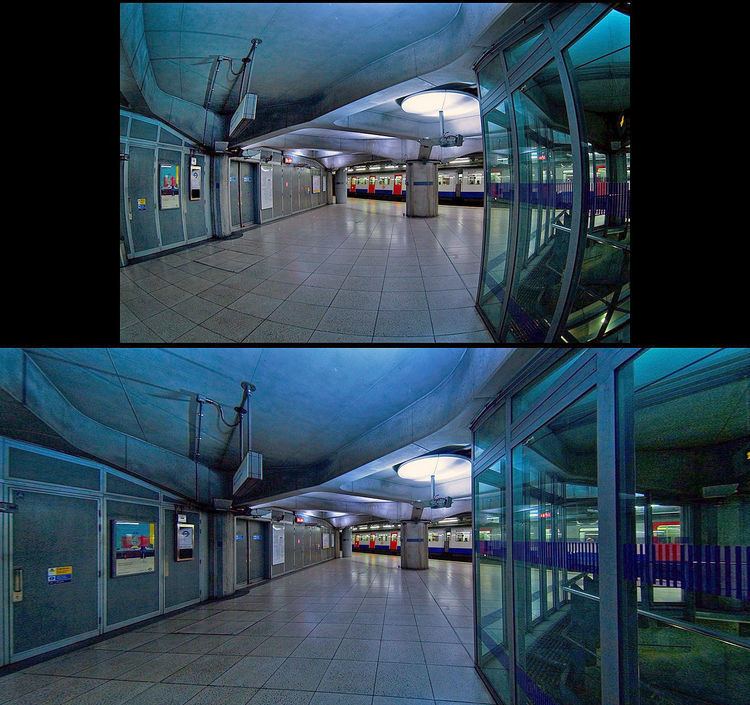Original author(s) Written in C | Developer(s) Helmut Dersch | |
 | ||
Initial release 1998; 19 years ago (1998) License GNU Lesser General Public License (relicensed from GNU GPL 2007) | ||
Panorama Tools (also known as PanoTools) are a suite of programs and libraries originally written by the German physics and mathematics professor Helmut Dersch. Panorama Tools provides a powerful framework for re-projecting and blending multiple source images into immersive panoramics of many types. An updated version of the Panorama Tools library serves as the underlying core engine for many software panorama GUI front-ends.
Contents
History
Dersch started development on Panorama Tools in 1998, producing software available for creating panoramas and more, but had to stop development in 2001 due to legal harassment and claims of patent infringement by the company IPIX. Dersch released the core library (pano12) and some of the programs of Panorama Tools under the terms of the GNU General Public License. The rest of the applications were made available as binary executables only and for free without a copyleft license.
The development of the source code of Panorama Tools was continued by some members of the original Panorama Tools mailing list. In December 2003 they initiated a free software project which is currently hosted by SourceForge. SourceForge requires that all hosted software is released under an open source license. For this reason Dersch's unlicensed binaries are not hosted there, although they can still be found on mirror websites.
On 5 August 2007, Dersch announced his intention to relicense the Panorama Tools source code. On 9 August 2007, Dersch changed the license to a GNU Lesser General Public License.
Original release
PanoTools consists of the following components:
†Open source.
Further developments
In 2006 the functionality of PTstitcher was reproduced by the developers of Panorama Tools. Its functionality was broken into several program, in an attempt to modularize it:
†Open source.
Front-ends and applications
To make working with Panorama Tools easier and to add functionality, many interactive, graphical front-ends to Panorama Tools have been developed, both open source (e.g. hugin) and commercial (e.g. PTgui and PTMac), along with a variety of other companion applications (e.g. smartblend and enblend), which in many cases make interacting directly with the programs in the original Panorama Tools toolset unnecessary.
